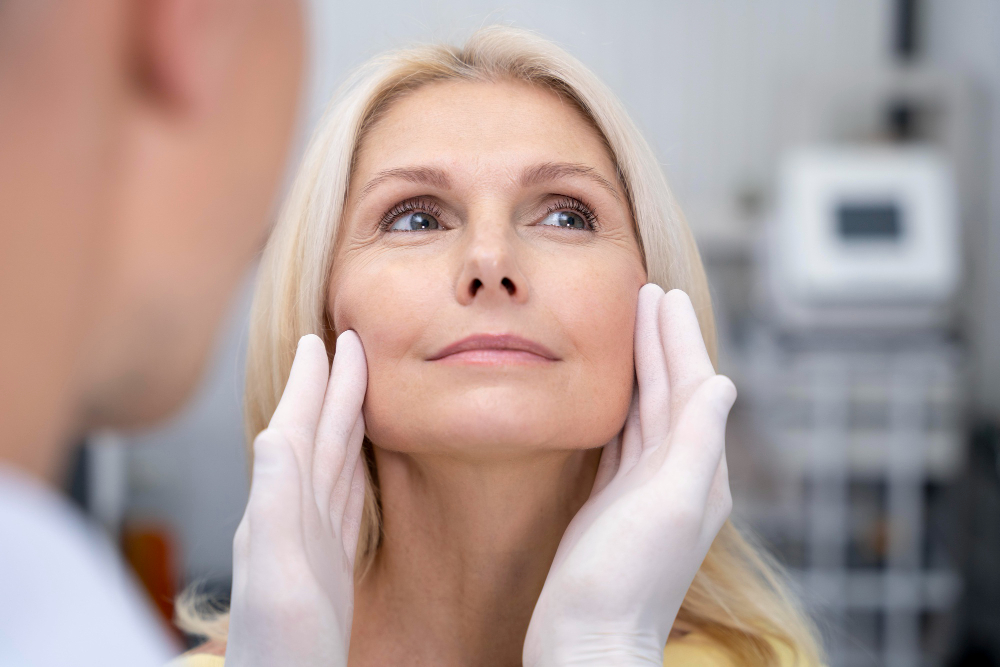
Protect and Repair Your Skin from Sun Damage
Long-term and repeated exposure to sunlight, particularly ultraviolet (UV) light, can lead to a variety of cosmetic and medical skin issues, commonly referred to as sun damage. Any area of the skin can be affected, but the face, hands, and arms are most susceptible. Sun damage may result in sun spots, age spots, rough skin, wrinkles, premature aging, and in some cases, skin cancer. Prolonged exposure can also cause actinic keratosis, a precancerous condition that develops from years of UV exposure.
Book OnlinePreventing Sun Damage
The most effective way to combat sun damage is through prevention. Daily sunscreen use and minimizing excessive sun exposure—especially during peak midday hours—are essential. Additional preventive measures include:
- Always wearing sunscreen with an SPF of at least 15
- Wearing a hat when outdoors
- Wearing long sleeves and pants
- Avoiding tanning beds and salons
Treating Existing Sun Damage
For skin already affected by sun damage, several cosmetic treatments can help improve appearance:
- Injectable fillers: Collagen and other fillers can smooth lines and wrinkles, giving the skin a fuller, more youthful look.
- Phototherapy: Reduces uneven pigmentation.
- Laser treatments: Effective for various sun-related skin conditions.
- Microdermabrasion: Removes old and dead skin layers to promote new growth and improve texture, resulting in noticeably rejuvenated skin.
When to See a Doctor
Any suspicious growths, patches, or changes in the skin should be evaluated immediately by a doctor. Early detection is crucial for treating skin cancer and other serious conditions caused by sun damage.
